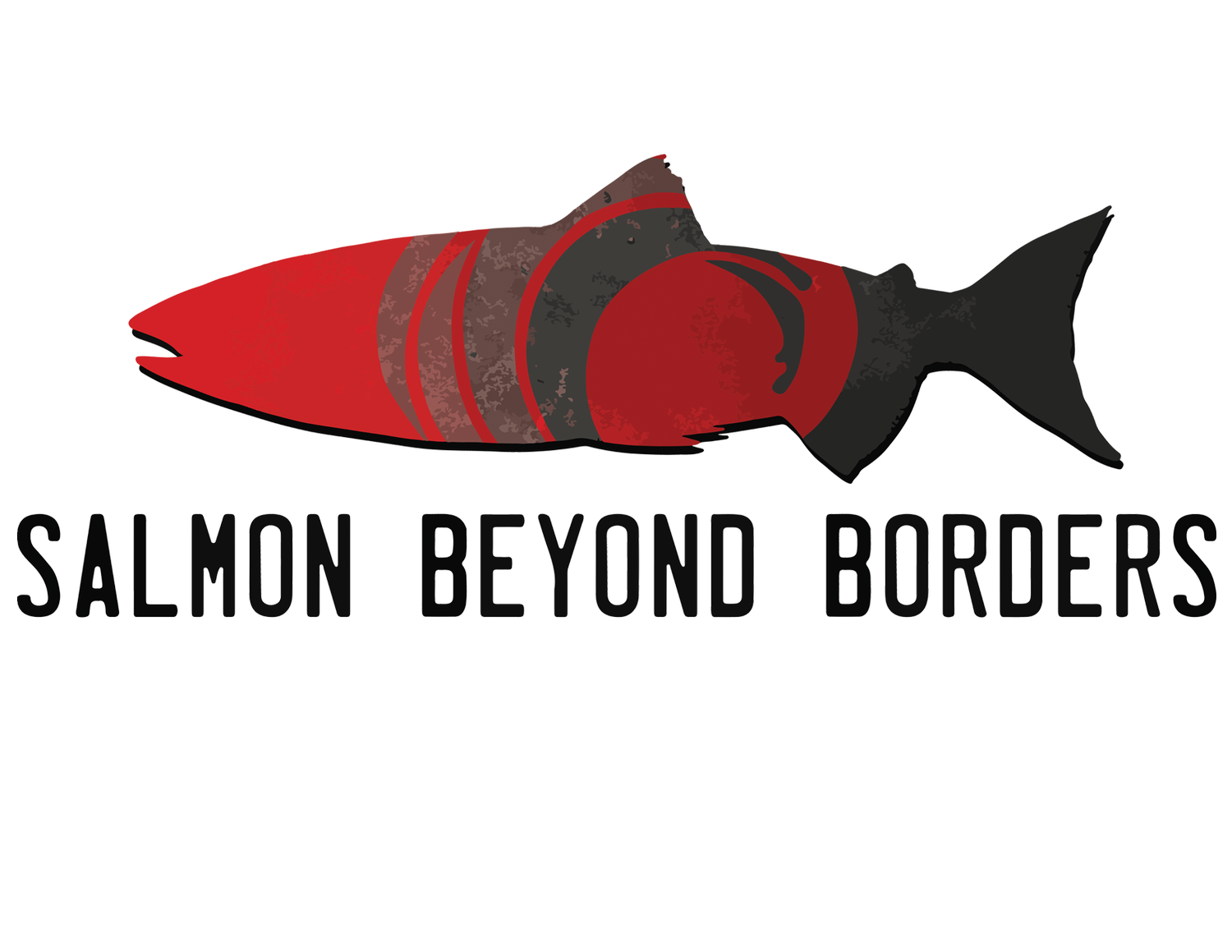Investigation reveals highly speculative financial model fuels gold mining boom at headwaters of Canadian/Alaskan Taku, Stikine and Unuk Rivers
Environmental Investigation Agency deep dive reveals British Columbia, Canada companies are mining investors and tax benefits more than gold — while everyday Americans and Canadians shoulder the financial and environmental risks
JUNEAU, ALASKA — The Environmental Investigation Agency (EIA) has released a new report showing that Canadian mining companies use a highly speculative economic model to fuel gold mine staking and exploration at the headwaters of the Taku, Stikine, and Unuk, the transboundary rivers flowing from British Columbia (B.C.) into Southeast Alaska. This activity is harmful to land and people on both sides of the border, threatening water quality, wild salmon habitat, and ways of life.
The report shows that this Canadian modern-day gold rush enriches the distant owners and major investors of mining companies while passing on the financial and environmental risks to Indigenous peoples, rural residents, average investors, Canadian taxpayers, and U.S. communities and economies downstream.
“Frankly, we were shocked at what this report revealed,” said Salmon Beyond Borders Advisor Heather Hardcastle. “The EIA investigation shows that the B.C. and Canadian governments, while seemingly avoiding international collaboration for shared salmon rivers, are instead working hand-in-glove with Canadian mining companies. It’s incredibly dismaying to see how cozy this relationship is, when Alaskans have no say in the process, nothing to gain, and everything to lose.”
In response to the report’s findings, Salmon Beyond Borders calls on President Joe Biden to listen to Senator Lisa Murkowski and immediately ban U.S. funding for any mine in Canada until conditions are met. Murkowski’s recent request of Biden was prompted by Biden’s March 2023 speech to Canadian parliamentarians indicating that U.S. dollars will fund Canadian mining companies and mines in Canada.
“This report reveals that, shockingly, B.C. and Canada are financially supporting more than 100 Canadian mine projects, or potential mines, along our transboundary wild salmon rivers. Meanwhile, Indigenous nations and communities downstream are shouldering the ecological, social, and economic consequences,” said Salmon Beyond Borders Director Breanna Walker. “Senator Murkowski rightly pointed out to President Joe Biden that it’s time for the U.S. to tell Canada that we will not fund any mines in Canada until B.C. and Canada clean up their act and meet us at a table to work together.”
The conditions under which U.S. funding for mines in Canada could potentially resume are: First, Canada cleans up its Tulsequah Chief mine, which has been abandoned and polluting international waters for more than 65 years. Second, Canada, the U.S. government, Indigenous nations, and communities together establish an international framework for preventing and resolving disputes in these transboundary waters, most likely under the International Joint Commission and the Boundary Waters Treaty of 1909.
What’s at Stake
The Taku, Stikine and Unuk rivers flow from their glaciated headwaters in British Columbia, Canada, over the political border, spilling out into the rich, protected waters of Southeast Alaska’s Inside Passage. For thousands of years, the Taku, Stikine, and Unuk have been corridors of culture and commerce, home to all five species of wild Alaska salmon. Now, they are divided by a political border that, upstream in Canada, allows virtually unlimited staking and vast industrial development. In contrast, downstream in the United States, the rivers and their watersheds are largely protected.
Two large-scale B.C. mines with tailings dams currently operate in the region. The investigation showed:
More than 100 B.C. mine projects are in some phase of exploration, proposal, or operation in the transboundary region.
Over 80% of B.C. mine claims in the region are within 3.1 miles (5 km) of a river or stream;
18% of B.C. mine claims are currently covered by glaciers;
More than 450 mining companies are linked to transboundary mine exploration and development;
Most of these companies generate no revenue;
Canadians are shelling out half a billion dollars annually to mine executives and major investors.
The Environmental Investigation Agency is the same nonprofit that released the highly influential Pebble Tapes in 2020.
